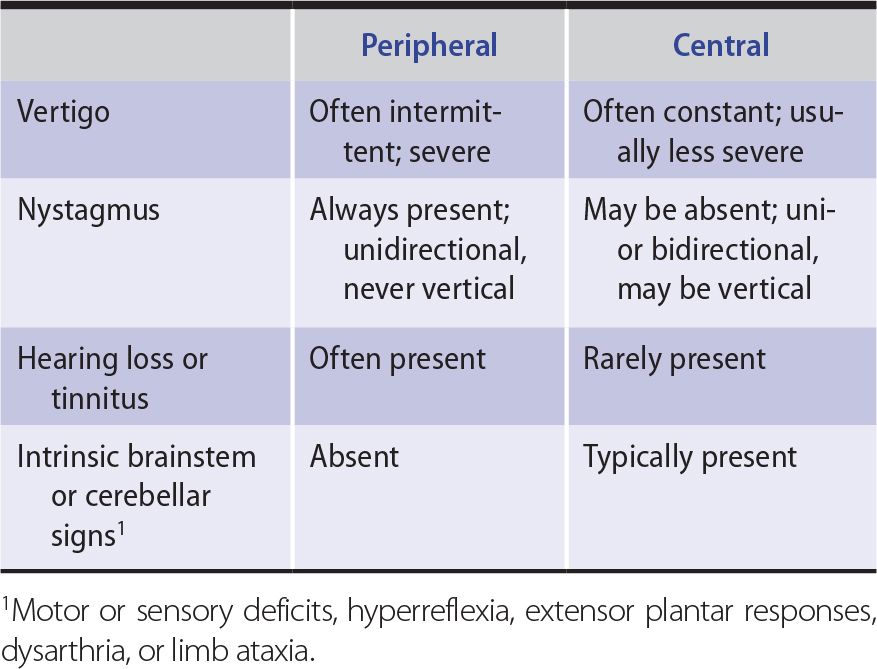

This is the reason why it is vital to have a check-up for your neck alignment if you experience vertigo. If there is a misalignment in the neck vertebrae for several years, it can lead to long-term health concerns such as vertigo. As a result, this affects the eustachian tubes, which are tiny tubes that facilitate draining of excess fluid of the ears. Since the atlas maintains the balance of the entire head, other structures of the body move to compensate for even the smallest misalignment. The atlas (uppermost bone in the neck) is very close to the ears. The more important question is, why is that so? The Relation Between Vertigo and the NeckĬertainly, there is a connection between these peripheral causes of vertigo and the neck.

In many cases, researchers found that correcting an upper cervical misalignment resulted in the proper drainage of the ear and a significant reduction in severity and frequency of vertigo and other symptoms. While this often occurs, the culprit behind the fluid issue needs resolution. The reason this disorder is peripheral in nature is that medical professionals think it is a result of too much fluid in the ear (endolymphatic hydrops). Oftentimes, it affects only one side of the ear. Besides vertigo, Meniere’s brings other distinct symptoms such as tinnitus (ringing in the ears), hearing loss, and a feeling of fullness in the affected ear. It is quite a rare condition as only 0.2% of the population has it. However, because the vestibular nerve is linked to the ear, it remains a condition related to peripheral vertigo. Since the vestibular, or eighth cranial nerve, transmits signals to the brain about balance and position, this is often confused as a form of central vertigo (vertigo due to a problem in the central nervous system). However, vestibular neuronitis, inflammation occurs in the vestibular nerve. Like labyrinthitis, its cause is often a cold or flu virus. Labyrinthitis and this condition have their similarities, but they are not the same thing.

Correcting a cervical problem that restricts the proper draining of the ears would help. This is common if the ears have drainage issues.

Swelling of the labyrinth happens because of a virus such as a flu bug or cold. This disorder is due to inflammation in the labyrinth, or inner ear. This is another condition under the category of peripheral vertigo. This is because the topmost bone in the neck (the atlas vertebra) is near the ears and can impact the function of the ears. One possible reason is upper cervical misalignments. Other cases are labeled as idiopathic, meaning the actual underlying cause is unidentified. However, only 50% of people with BPPV know what’s behind positional vertigo. This is the most prevalent diagnosis for vertigo patients and the reason why peripheral vertigo is the most common form of vertigo. Benign Paroxysmal Positional VertigoīPPV is the medical abbreviation for Benign Paroxysmal Positional Vertigo, or positional vertigo. Besides issues in the inner ear, most of them have something to do with the neck. The following conditions are just some of the underlying causes of peripheral vertigo. Then we will discuss a natural therapy that resolves vertigo by examining a link between the ears and the neck. Let’s have a more in-depth look at the primary conditions under the category of peripheral vertigo. This type implies that an inner ear issue is the underlying cause of vertigo. Peripheral vertigo is the most common category of vertigo. San Diego, CA chiropractors, including us, help patients with vertigo, so we know how debilitating the false sensation of spinning that comes with it can be.


 0 kommentar(er)
0 kommentar(er)
